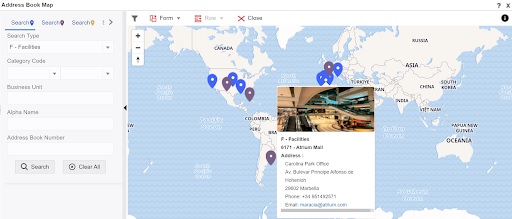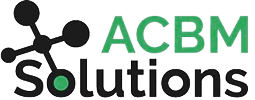JDE Release 23 Updates - What You Should Know
Oracle has announced the latest release for JDE EnterpriseOne which features dozens of improvements. As usual, these changes are focused on addressing specific feedback from the JD Edwards community. Some, like the legislative, regulatory, and localization updates will only impact a portion of the user base. This roundup will highlight the updates we see as having the biggest impact across the board.
Six New Digital Transformation Improvements
This is the main category that is exciting for our customers since it relates to the Orchestrator, the primary tool within JDE that enables digital transformation. Here’s a quick look at how things have changed.
#1 Call an Orchestration from a Workflow
Until now, EnterpriseOne Workflows in JDE could be categorized as human processes augmented by some simple automation for actions such as triggering a report to run. These Workflows were built with the assumption that humans needed to be in the loop for most decisions to move things to the next step. Now, orchestrations (and notifications) can be invoked from inside Workflows, harnessing the full power of the Orchestrator. This means complex, multi-step automations can run within a Workflow and still pause at the right time for human input (such as approving a Purchase Order).
Note: This is the truly new digital transformation feature in the latest release, the remainder are useful improvements that are designed to streamline existing processes.
#2 Logic Extensions - Call Directly from a Form Extension
We blogged earlier this year about how Logic Extensions in Release 22 make it possible to do string/date manipulation, simple math formulas, and complex calculations without using Groovy script, JRuby, or Jython. At the time, Logic Extensions could only be called from inside orchestrations. Now, Oracle is making adoption of this new feature even easier by allowing users to pull in a Logic Extension from inside a Form Extension without wrapping it in an orchestration first. Users can simply drag and drop or link what they need directly from the Form Extension to associate a Logic Extension. This eliminates unnecessary orchestrations, cutting steps from the process.
#3 Logic Extensions - Aggregation Support
Previously, aggregation was only available using data requests or custom scripts. Trying to aggregate multiple datasets was not natively supported, but could be achieved with complex custom script. Aggregation support simplifies the structure for use cases like summing or averaging. By making the built-in data analytics capabilities of the EnterpriseOne system readily available for users without programming skills, data manipulation and analysis just got easier.
#4 Data Set Processing for Logic Extensions
Previously, a data request would only allow users to work on a single table or business view at a time unless Groovy was used. With the new ability to have data arrays as both inputs and outputs, data sets can be processed much more easily.
#5 Complex Queries to the EnterpriseOne Database
With the latest release, complex queries such as table joins can be run more efficiently by iterating across multiple rows as a single step using a preconfigured, read-only Orchestrator connection. Groovy Script is still required to write and execute the SQL, but the connection to the EnterpriseOne database is simplified.
#6 Access to AIS APIs from e1pagehelper
Previously, the typical way to access JDE APIs was by calling REST connectors. With the latest release, users can access JDE APIs directly using a regular JavaScript page in e1pagehelper.js. With virtually all AIS APIs now available through this method, the range of services that can be used to build custom JS pages is much greater.
Here’s a Bonus New Feature!
This one isn’t in the digital transformation category, but it’s too cool to pass up.
Financials: Address Book Map
With this feature, users can run address book searches (one at a time or multiple searches simultaneously) and display the results on a map. This is a significant upgrade for users who want to visualize their customers, suppliers, or employees from a geographic perspective, highlighting patterns that would otherwise be more difficult to see. This location data has always been available in the JDE system, but the latest release turns this data into business intelligence, improving the user experience.

Note From Oracle: “Release 23 is your Digital ERP release, delivering innovation that automates, optimizes, and transforms business processes and represents Oracle's continued investment that furthers customer's digital transformation.” To dive into detail on the release, visit Oracle’s Release 23 education page.
The Latest JDE Release Holds No Surprises, and That’s a Good Thing
Once, Orchestrator was a brand new tool, and it took time for its early promise to be proven. Now, the utility and value of Orchestrator is fully confirmed. Oracle has shifted from releasing a ton of new features to creating enhancements for simplification based on how business analysts end up using them in real-world applications. This is a good indication of the maturity of the platform and Oracle’s continued commitment to the JDE community.
Are you looking for training on how to use Orchestrator or a team to build automations or mobile apps for you? Contact us for a consultation.

